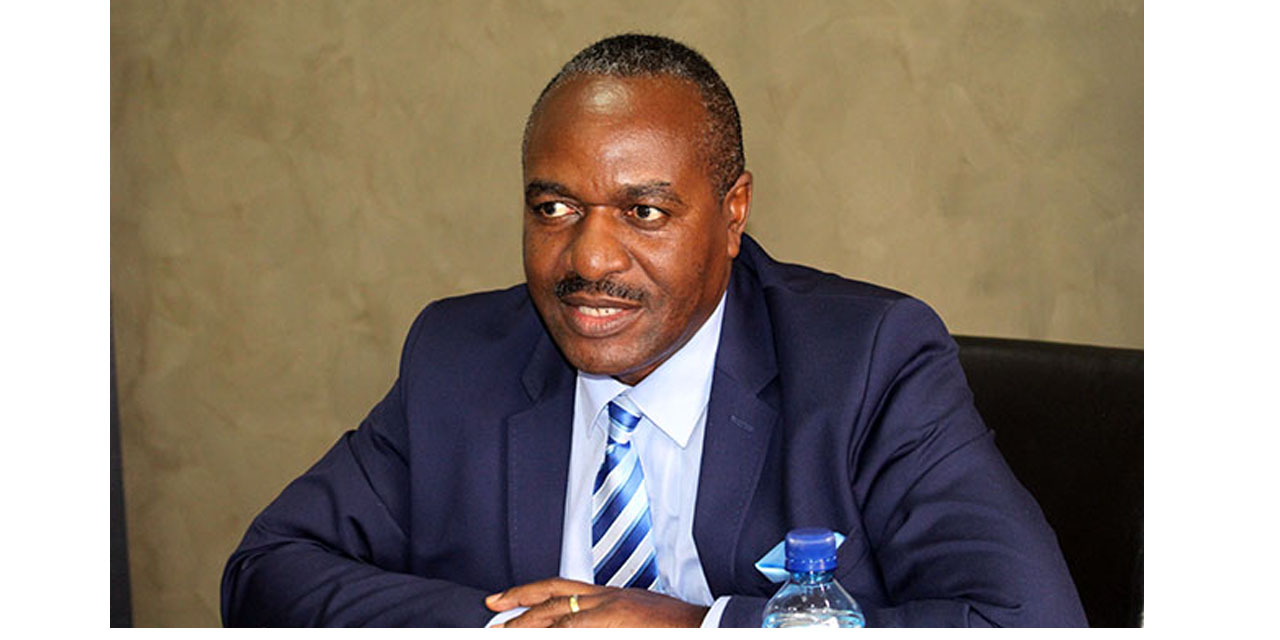Martin Endjala
The Chamber of Mines of Namibia has called for a scientific decision in response to the possible use of in-situ leaching to extract uranium in the Stampriet area.
The chamber’s chief executive officer, Veston Malango, said on Wednesday that whatever decision is made must be scientifically proven.
He added that, whatever the outcome, the Chamber will respect such a decision because it is based on evidence and in accordance with the country’s laws.
“We obviously want to develop the industry to develop our economy, but in doing so, we need to follow the laws of the country, and that is all the laws, including the issues around protecting the environment. And we are, of course, a very big proponent of that to ensure the environment is protected,” he said.
The Environment Act and the Orange-Senqu River Commission (ORASECOM) protect the Stampriet aquifer, which Namibia, Botswana, South Africa, and Lesotho share.
In-situ leach mining is the process of drilling into ore bodies underground, recovering the minerals by dissolving them with acid, and then pumping the solution to the surface, where the mineral concentrate is recovered.
About the worries about in-situ leach mining and the chamber’s perspective, Malango clarified that the mining industry has a reputation for disrupting the environment, yet emphasised their commitment to constant environmental rehabilitation.
“When mining, there must be systems in place as per the laws of the country to ensure that there is minimum effect on the environment. But the issue is that everywhere you employ in-situ leach mining, you have to do a thorough scientific study to ensure that you do not contaminate the environment. Or, in this case, we have a water body, ORASECOM. So we have got to protect that. Our position is to let us be guided by science in the decision-making process,” he noted.
Malango said that while stakeholders are not opposed to mining, they are concerned about the proposed methodology.
He clarified that the method is not new to the world and is already in use in nations such as China, Australia, and Russia.
The chamber has been in discussions with Uranium One to maintain calm and wait for the finalisation of all processes, he added.
“All I ask is let us be patient and wait for all the Environmental Impact Statement (EIS), Environmental Impact Assessment (EIA) and other necessary studies that must be conducted and the decision from the government,” he expressed.
In a statement released on Monday, Headspring Investments spokesperson Riaan van Rooyen said the ROSATOM-owned company is in agreement with the expert’s view shared on 17 June at a high-level meeting held at Lapa Lange Lodge outside Mariental.
“Headspring Investments stays absolutely open for any technical discussion, and we believe that decisions regarding the project will be taken based on scientific facts and not irrational fears and unfounded rumours,” he said.
He commended the minister of agriculture, water, and land reform, Calle Schlettwein, for creating a platform for an open dialogue and facilitating a high-level discussion regarding uranium exploration in the Stampriet Water Basin.
The meeting was held in collaboration with the United Nations Educational, Scientific and Cultural Organization (UNESCO), which provided experts in the subject matter.
Comfort Molosiwa, the head and executive secretary of ORASECOM from Botswana, has expressed concerns over in-situ leach mining, as it can affect the water used by Botswana.
He also indicated that the Stampriet Transboundary Aquifer System’s actual size extends further into Botswana than originally thought.
At the high-level meeting, UNESCO experts recommended that further studies and modelling be conducted.
The experts argued that the proposed mining should not compromise the groundwater in the aquifer, particularly since it is the only drinking water in the vast, arid area.
Environmental commissioner Timotheus Mufeti also supports the need to gather internal and external information before making a decision.




